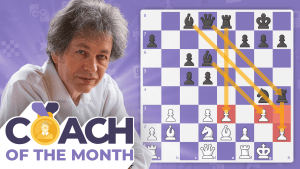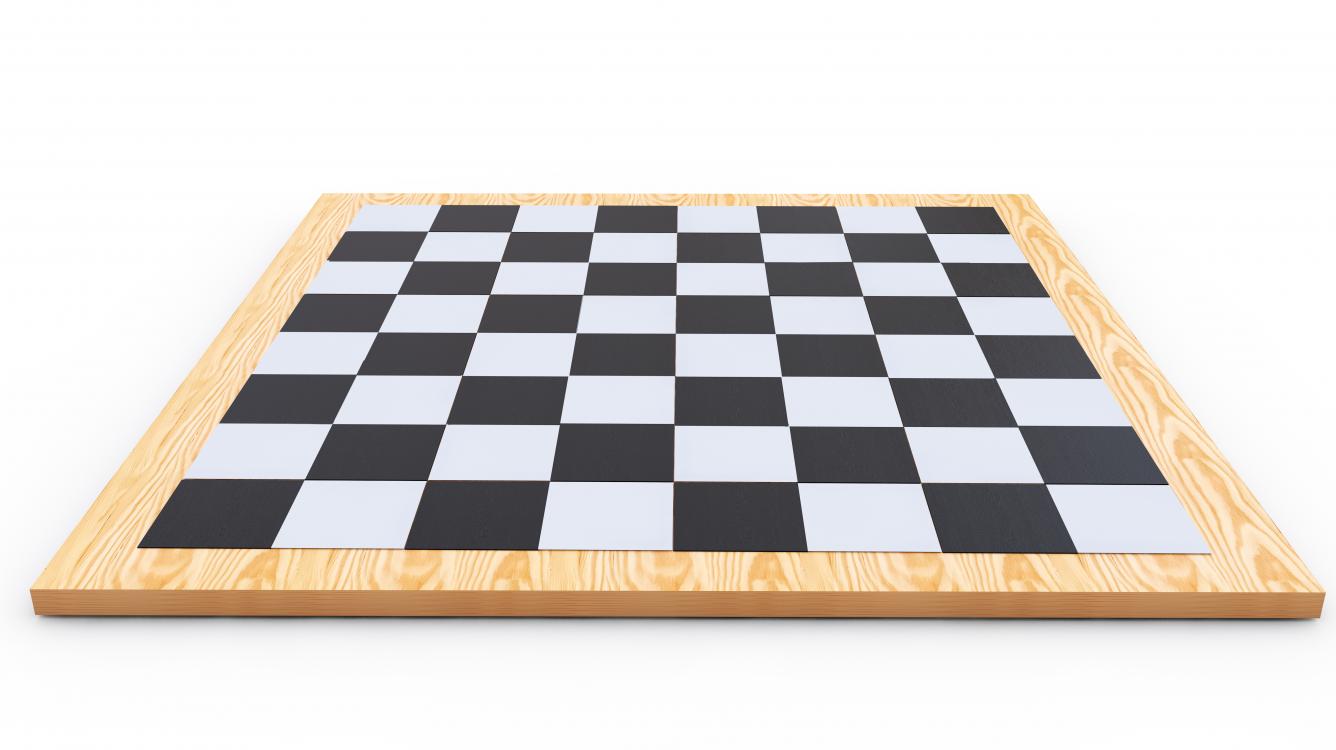
Chess Board Dimensions | Basics and Guidelines
Chess board dimensions aren't as simple as one might think. The basic geometry of the chess board isn't difficult to grasp, but chess board dimensions also include the size of the squares on the board. One of the most important aspects of selecting a chess board and pieces is the relationship between the size of the squares on the board and the size of the pieces that are used.
By applying the rules and guidelines below, selecting a board and set combination from the virtually unlimited number of potential combinations will become a significantly easier task! In this article we will cover chess dimension basics and common standards, while also delving into some guidelines that cover the most important elements of board and set selection.
Here is a summary:
1. Chess board dimension basics
The Chess board is made up of an 8x8 grid. This grid results in 64 alternating colored squares, 32 light squares and 32 dark. The size of each individual square is identical, and the board should measure the same on all 4 sides.
When the chess board is set up to start a game, half of the squares are occupied by the pieces while the middle 32 squares are left open for play. The board will always be set up properly on chess.com (see diagram below).
2. Chess board and piece standards
For over the board (OTB) tournament play, there are different specifications to keep in mind. The United States Chess Federation (USCF) states that square size should be anywhere from 2 inches to 2.5 inches, while the king's height should be 3.375 inches to 4.5 inches. The standard USCF tournament set has 2.25 inch squares and a king's height of 3.75 inches.

Please note that standards for boards and sets can differ slightly from country to country. As an example, the World Chess Federation (FIDE) says that the square size for competitive play should be between 5 cm to 6 cm (1.97 inches to 2.36 inches), with a recommended king height of 9.5 cm (3.74 inches). Here is the official FIDE World Championship Chess set and board used in the recent FIDE World championship matches. The board has 2 inch squares with a 3.75 inch king.
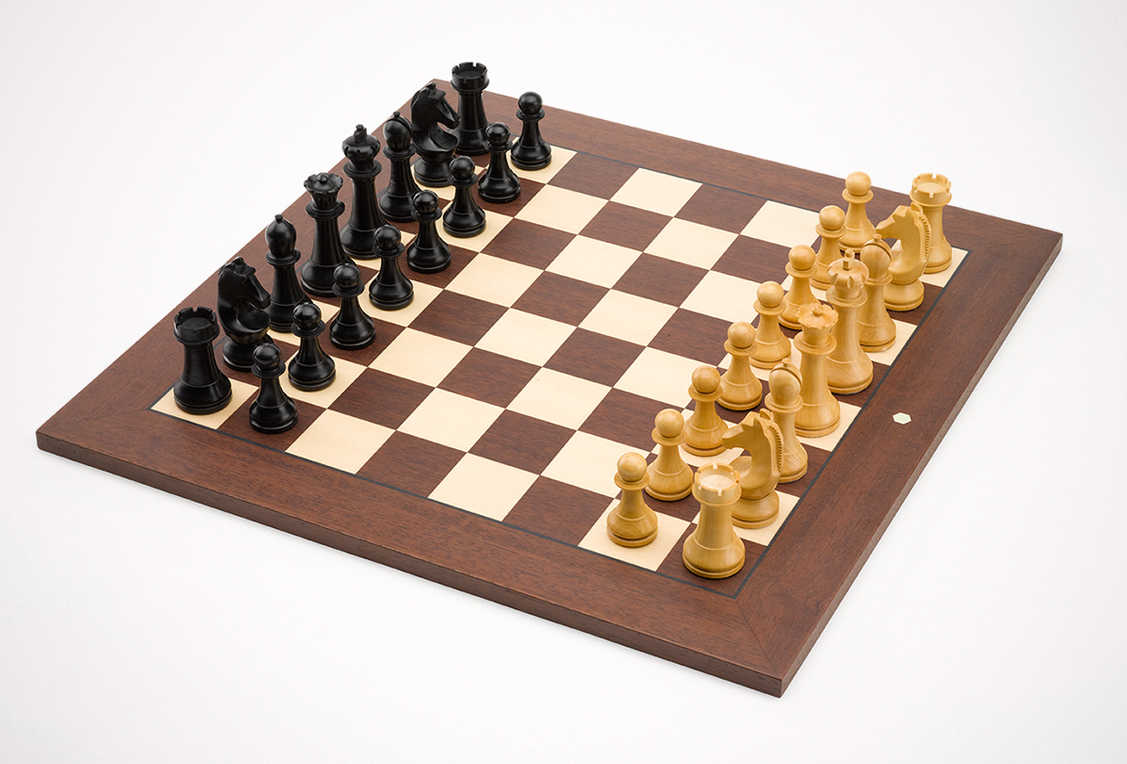
The standard USCF and FIDE World Championship Chess sets pictured above are merely two examples of board and set combinations. The possible combinations for boards and sets are almost limitless. Next we will look at some guidelines for both boards and pieces, as well as some strong relationships between them.
3. Chess board and piece guidelines
The final measurement to discuss is the king's base diameter, which is the measurement of the base (or bottom) of the king. Both FIDE and USCF give the same guideline that the king's base diameter should be between 40-50% of the king's height.
There is a special relationship between the king's base diameter and the square size: the very important guideline that the base diameter should be roughly 75-80% of the size of the square. It is this ratio that dictates whether a board and set combination has the proper piece spacing.
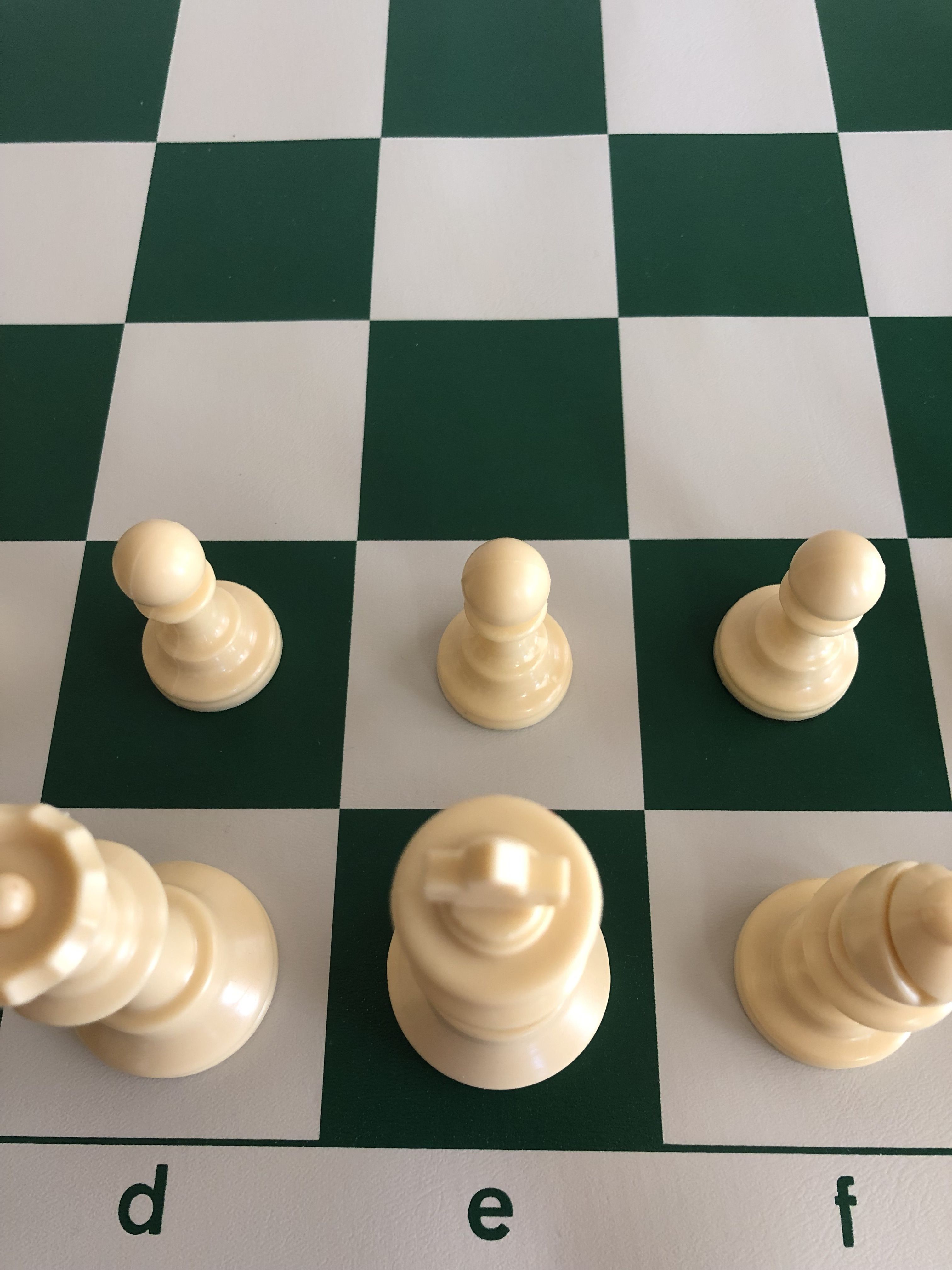
The picture above is an example of the standard USCF board and king size that follows the 75-80% rule. The king's height is 3.75 inches, the base diameter is 1.75 inches (47% of king's height) and the square is 2.25 inches. This results in a 77% ratio of base diameter to square size.
By following the 75-80% rule you attain a board that has nice space in between the pieces, which is ideal for any type of OTB play (e.g. Tournaments, blitz, analysis, friendly play, etc.). Here is another view of the standard USCF board/set combination to illustrate the nice spacing between the pieces:
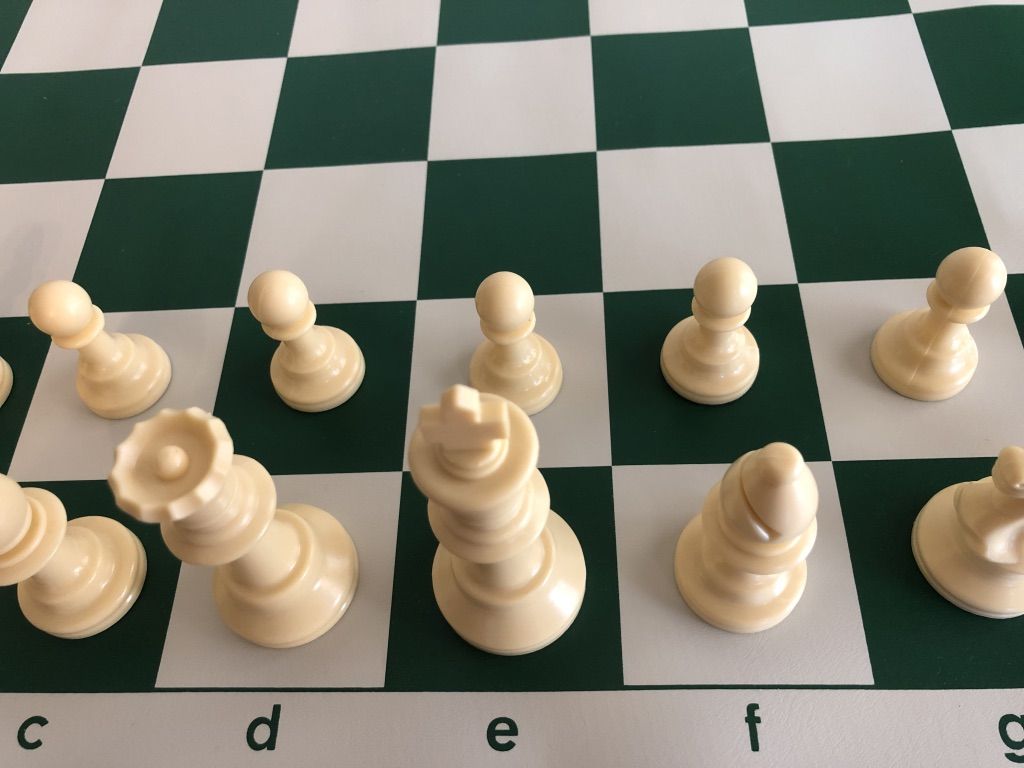
If we revisit the official FIDE World Championship Chess set and board again, we can see the slight difference in the piece spacing. Note that the pieces have less room between them because the squares are 2 inches instead of 2.25 inches. Many players prefer playing on a slightly more crowded board like this - the choice is purely subjective.
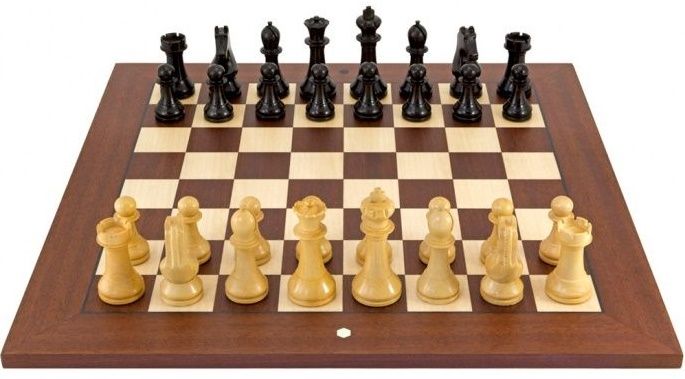
Ignoring the 75-80% guideline can result in not having enough space. If the king's base diameter to square size ratio is too high the result is an overcrowded board. In the following example we see a 3.75 inch king with a 1.75 inch base diameter on a smaller board with 1.875 inch squares. This creates a 93% ratio of base diameter to square size.
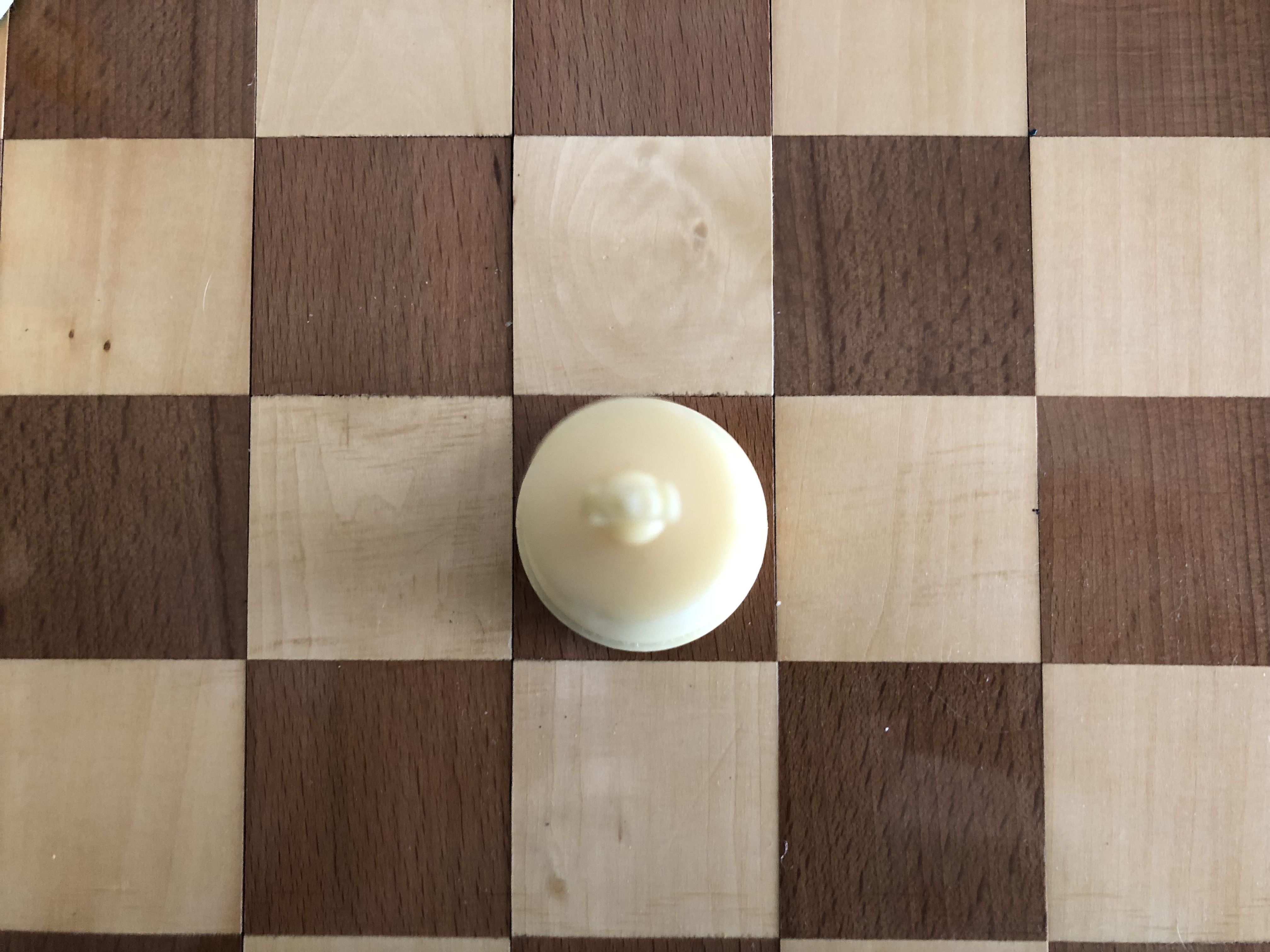
As you can see, the king takes up almost the entire square. This leads to an overcrowded board where pieces could be easily knocked over while playing. Here is the view of the entire set on the same board with the 93% ratio:
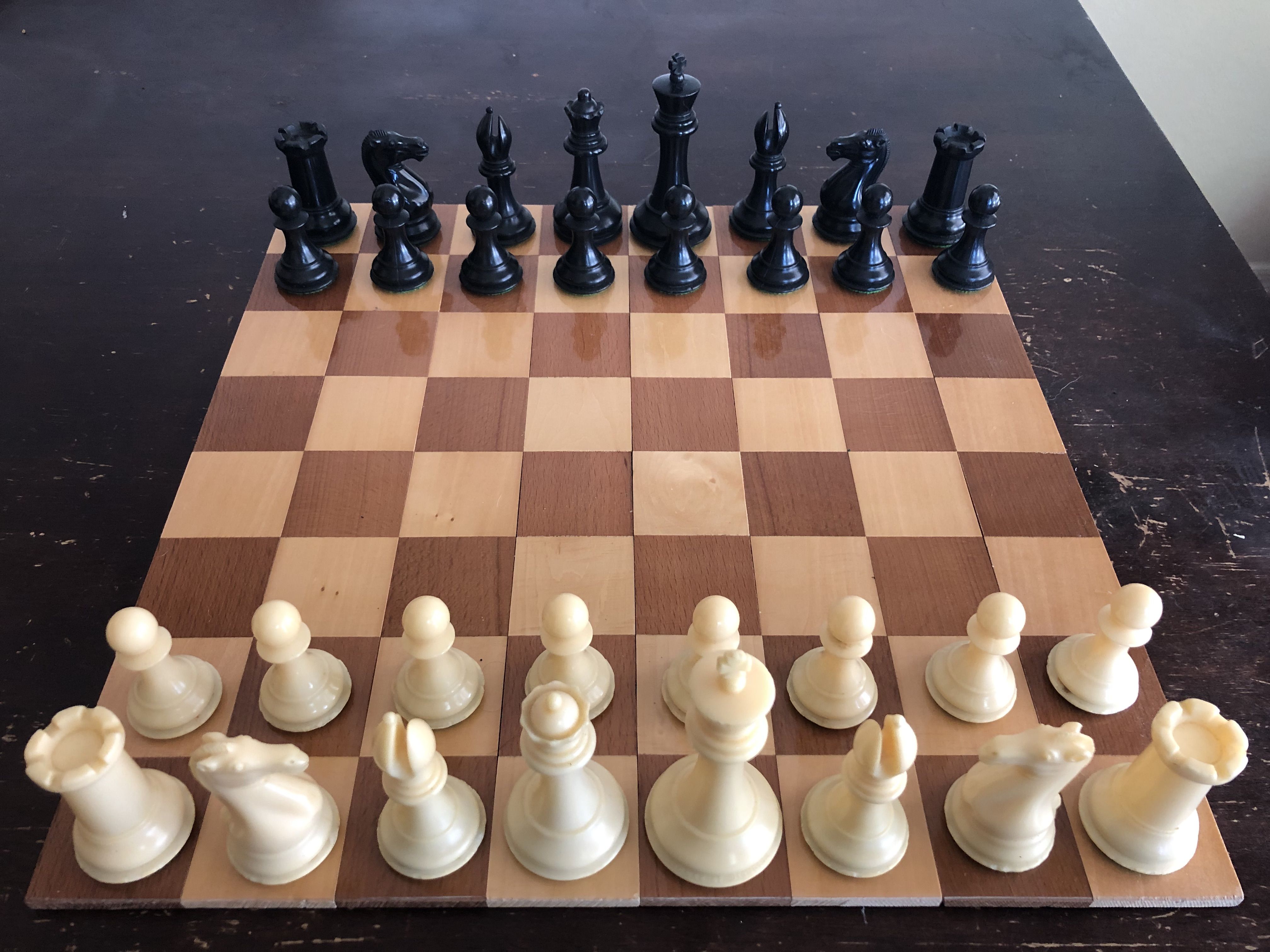
It is possible to make the mistake of having your ratio be too low - if your king's base diameter to square size ratio is lower than the recommended 75-80% guideline then you will be left with too much space. In this example we can see 3.25 inch king with a base diameter of 1.31 inches on a standard USCF board with 2.25 inch squares. This creates a 58% ratio of base diameter to square size.

The king barely takes up half of the square! This leads to a board with too much space between the pieces. Here is the view of the entire set on the same board with the 58% ratio:
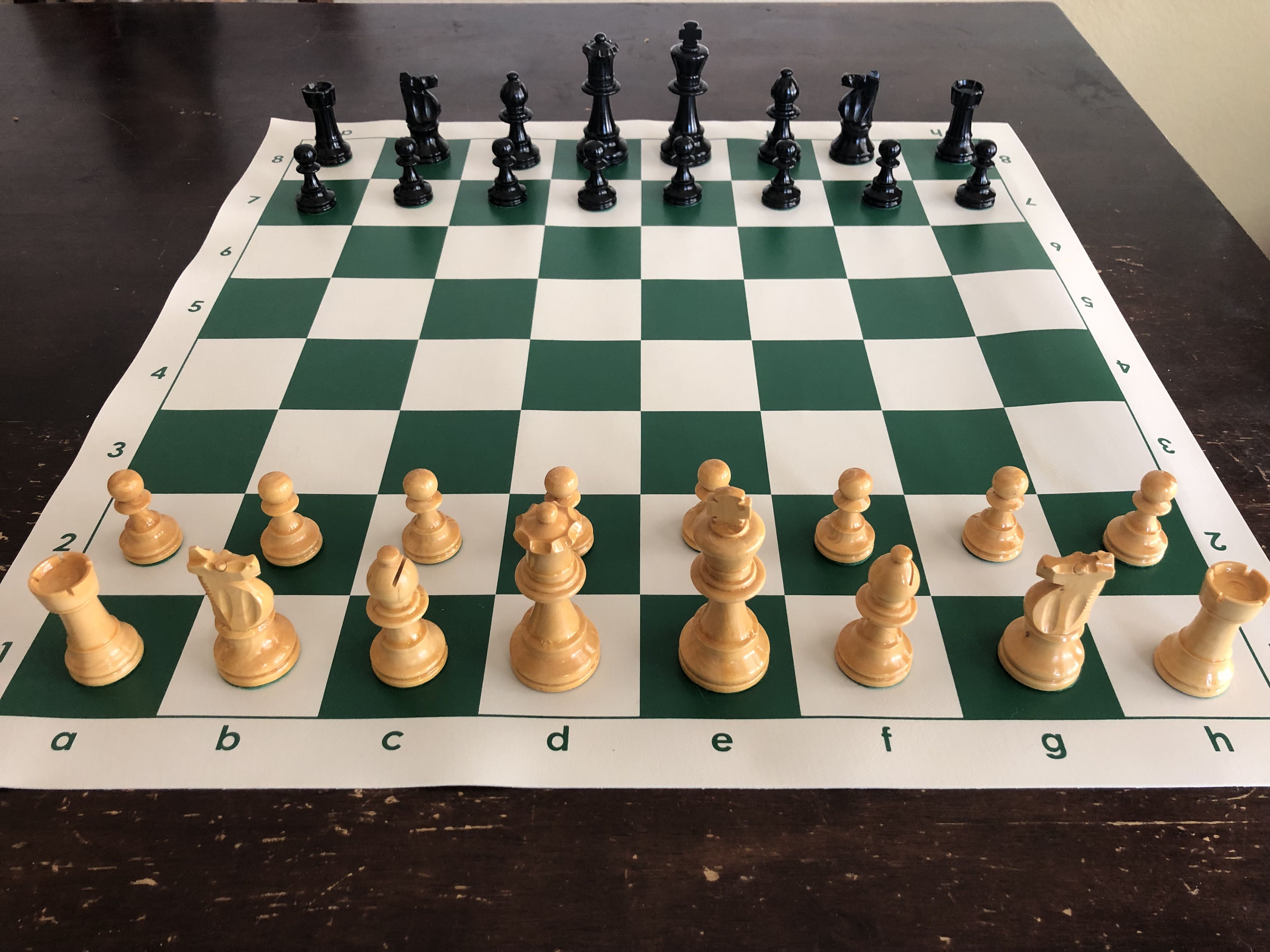
4. Board and set spacing tests
One test you can perform to see if your board has enough space is to see if you can fit four pawns into one square. According to USCF standards, this should be possible with most tournament sets. If you are using the standard USCF board/set combination, your set will pass this four pawns test.

As we have discussed before, there are many players who prefer to play with less space. A simple test for them to perform is the same test described above, but with only two pawns in one square. The two pawns test will not help you determine if you have enough space, but can help to see if you can achieve a board/set combo that is slightly crowded.
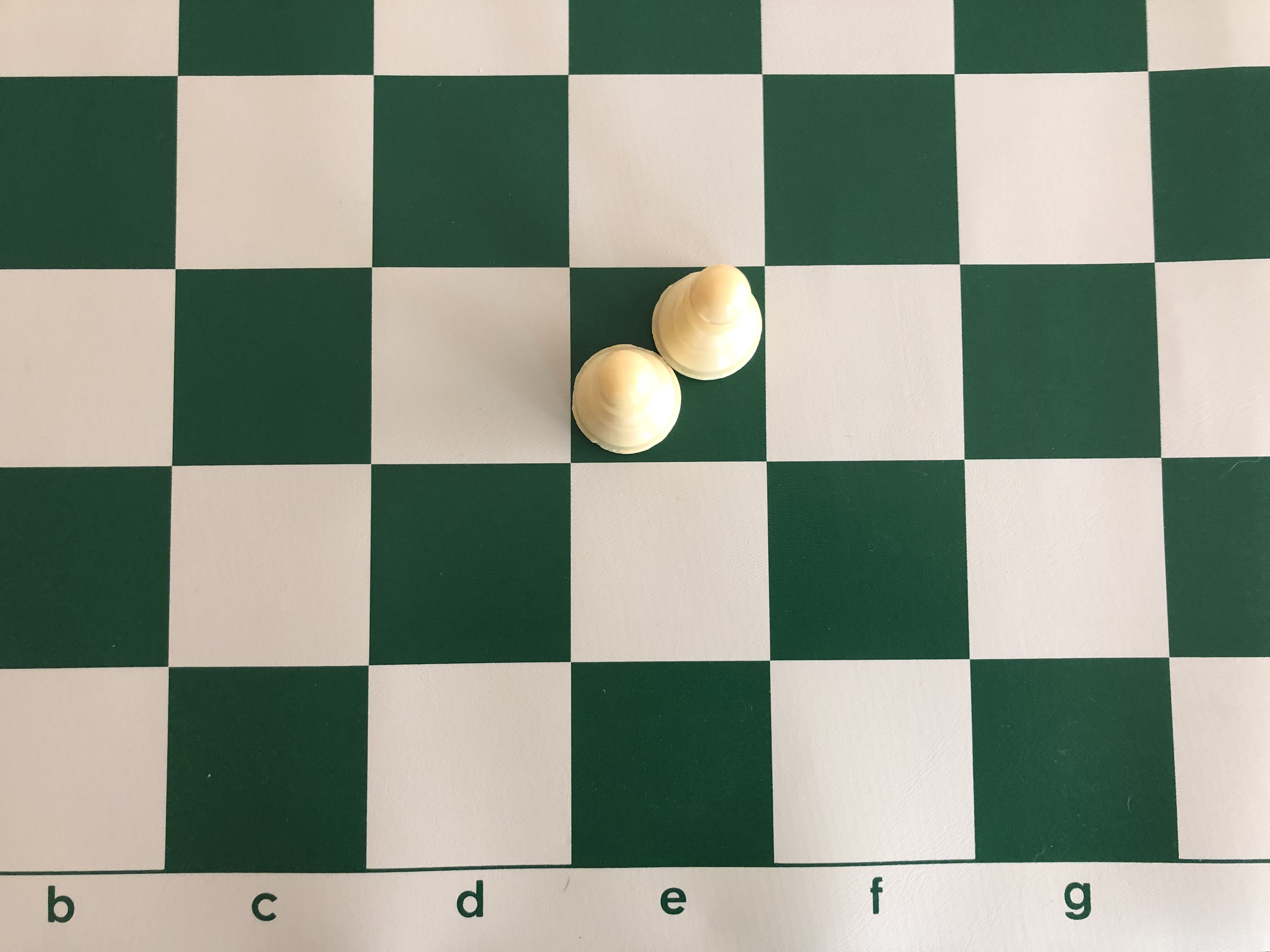
Lastly, there is a simple test to see if your board/set combination is overcrowded. It is simple to perform, and you only need three pieces! You place a king and queen on adjacent diagonal squares and see if a third piece can pass between them without any of the pieces touching. If the third piece easily passes between the king and queen, then your board/set combination is not overcrowded. The test is performed below in a youtube video created by a chess.com member.
There are lots of rules, standards, sizes, ranges, ratios, combinations, choices, and tests to take into account when it comes to chess board dimensions and selecting your board/set for OTB play. The information given above is not for competitive play alone - it can also be used for friendly play or even analyzing games on your own.
Above all else, remember that the goal of board and set selection is simple: to be able to play a game of chess on a board with properly sized squares and to have pieces that have enough space. Comment below with your preferences for board and set selections!
